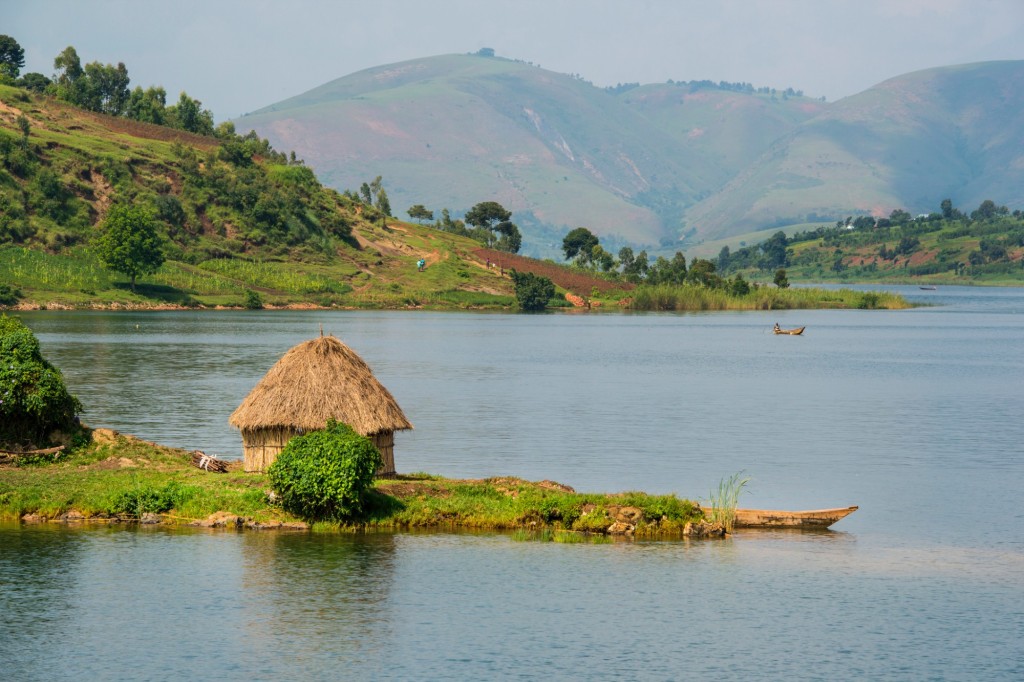Researchers fear that a ‘killer’ lake in Africa could kill millions of people, studies show.
Freshwater experts warn that Lake Kivu, located between Rwanda and the Democratic Republic of Congo, harbors potentially explosive gases.
Kivu is one of Africa’s great ‘rift’ lakes because it has formed over an area of extensional tectonics in the continental crust.
Nearby is Mount Nyiragongo, one of the world’s most active volcanoes, which sends lava into Lake Kivu when it erupts.
Over thousands of years, volcanic activity from Mount Nyiragongo has caused a vast amount of dissolved methane and carbon dioxide to accumulate beneath Kivu’s surface.
Now scientists are warning that an eruption of Mount Nyiragongo could cause the lake to release these deadly gases into the atmosphere, endangering millions of lives.
According to Francois Darchambeau, a limnologist and environmental manager at a gas extraction company called KivuWat, the event, dubbed a “limnic eruption,” would result in large waves and a toxic cloud of gas.
“This is what we call a killer lake,” Darchambeau said.
The only other killer lakes in the world are Nyos and Monoun in northwestern Cameroon.
Of the three lakes, Nyos last erupted in 1986 after a landslide. The consequences were tragic: 1,800 people in nearby villages died of asphyxiation.
To make matters worse, limnic eruptions are incredibly difficult to predict and therefore avoid.
“No one would ever really claim to know when or if this is going to happen,” science journalist and volcanologist Dr. Robin George Andrews at the BBC last year.
Despite the potential for catastrophe, scientists have found a way to remove some of the methane from the lake and use it for power generation in nearby Rwanda.
Experts also hope that by removing some of the noxious gases from the lake, they can relieve it of some pressure to potentially reduce the risk of a limnic eruption.
This article originally appeared on The sun and is reproduced here with permission.
